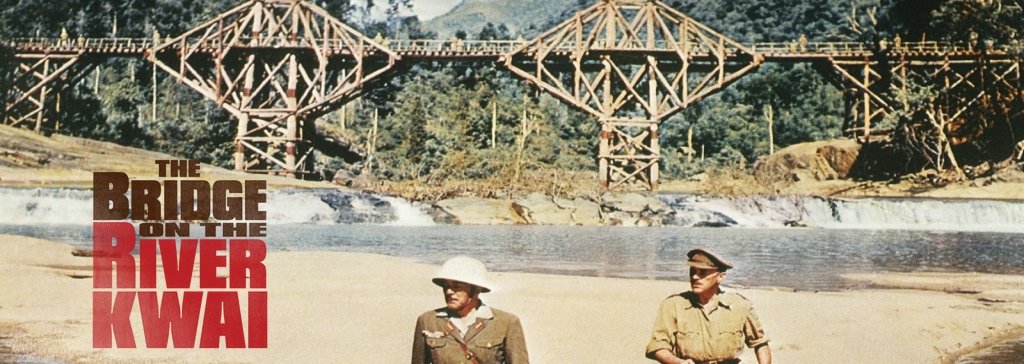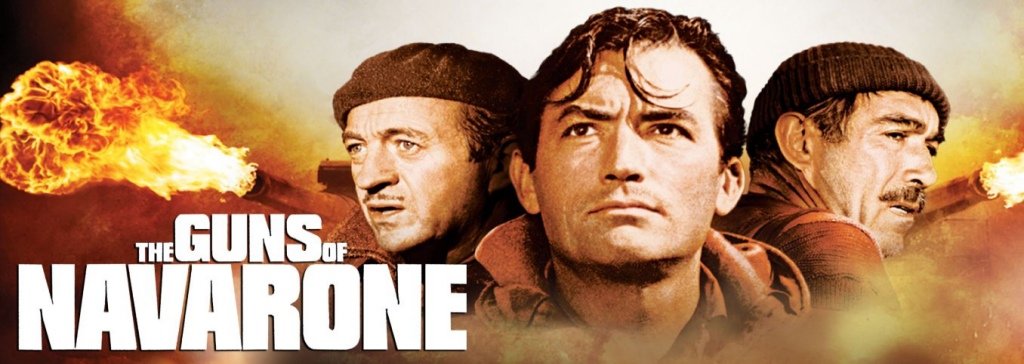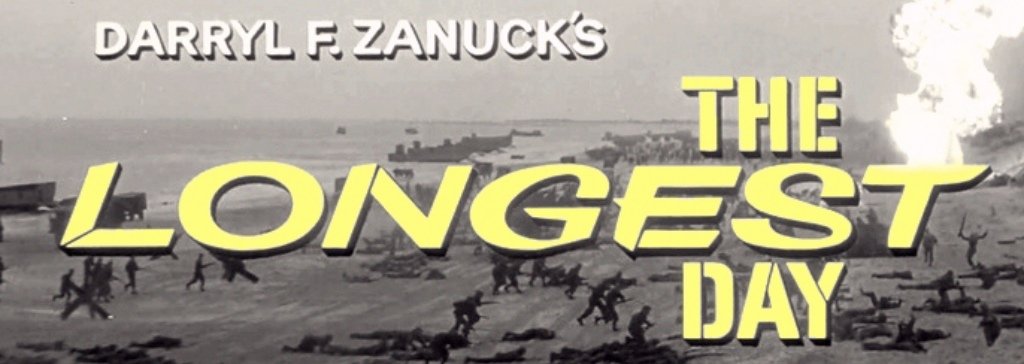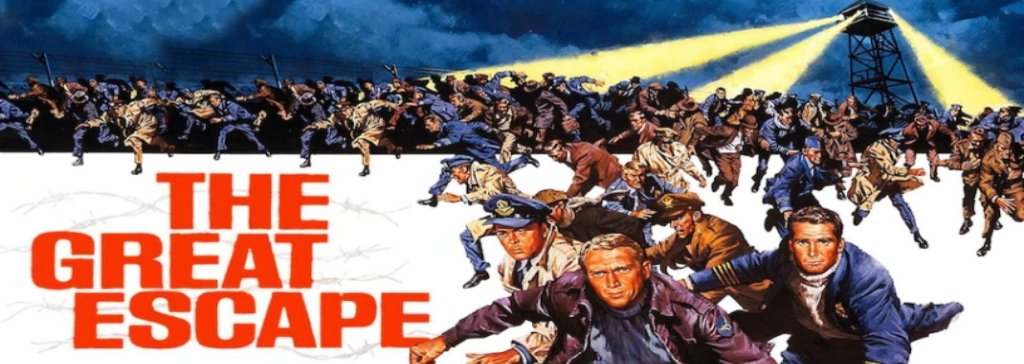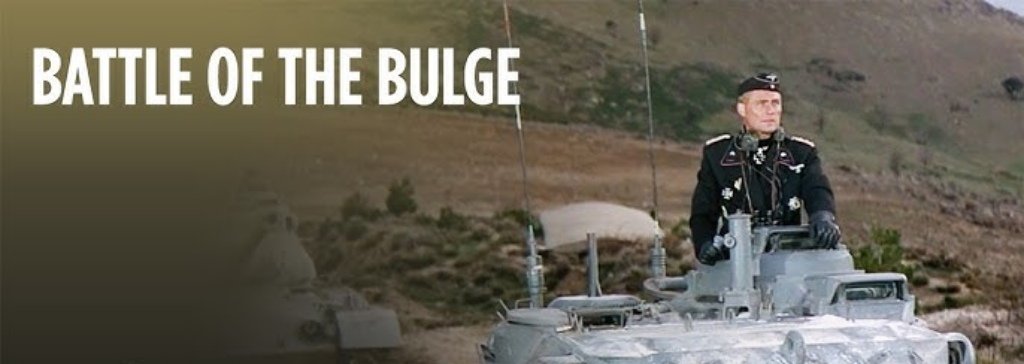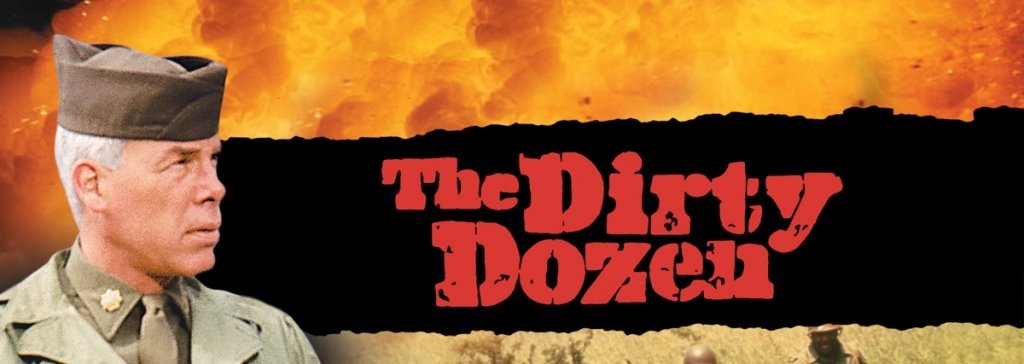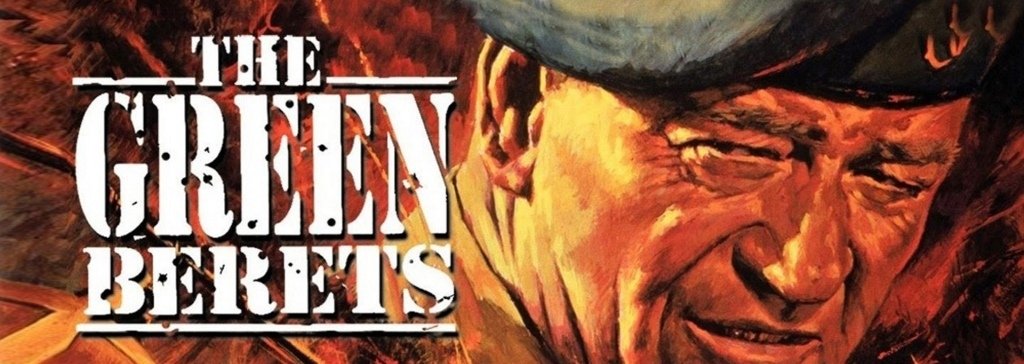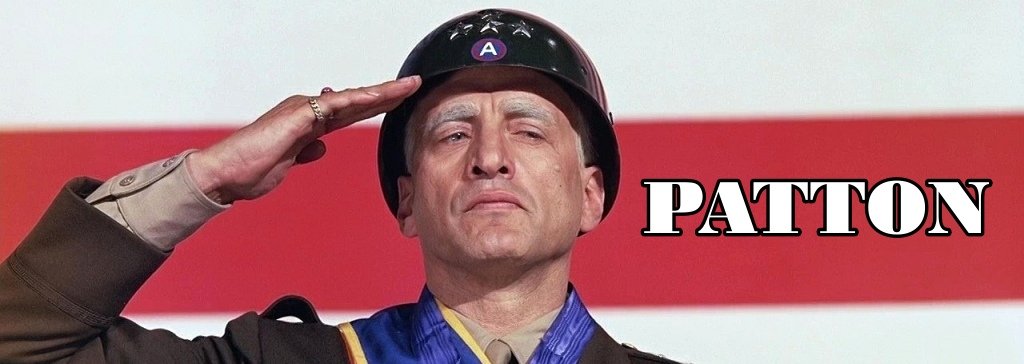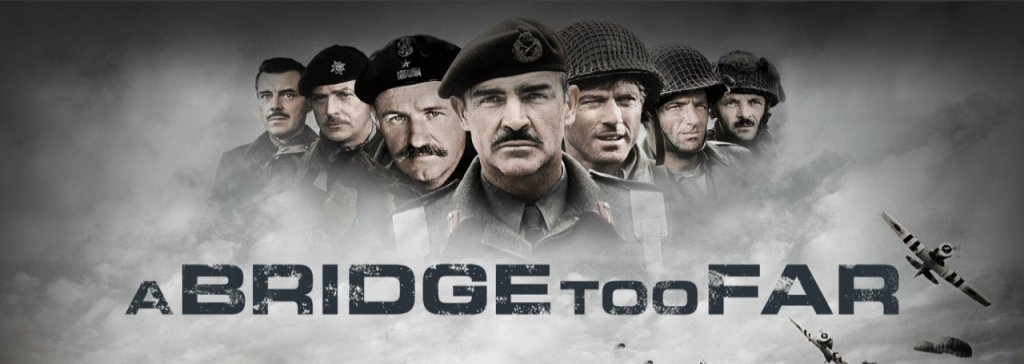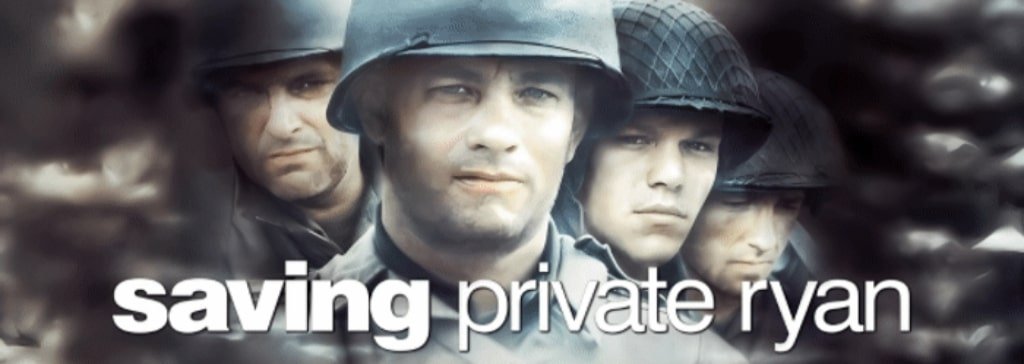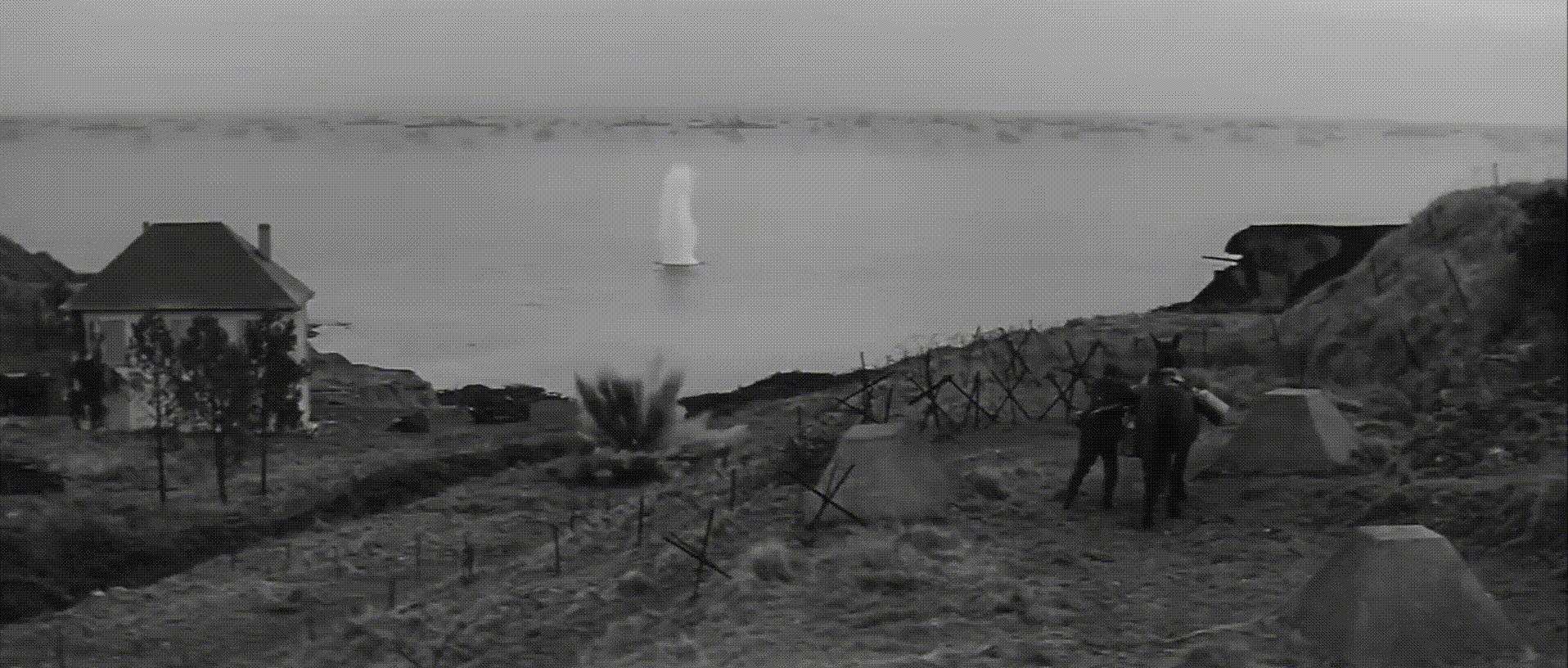
War movies, a cinematic genre that delves into the complexities of armed conflict, have long captivated audiences with their power to evoke emotions, spark thought, and provide a glimpse into the human experience. These films often explore the psychological, physical, and moral toll of war, shedding light on the enduring themes of sacrifice, loss, and the search for meaning.
One of the most compelling aspects of war movies is their ability to humanize the soldiers involved. By focusing on individual characters, these films can transcend the abstract nature of conflict and bring the consequences of war into sharp focus. We witness the struggles, fears, and hopes of those caught in the midst of battle, allowing us to empathize with their experiences and understand the profound impact of war on the human psyche.
War movies often explore the moral dilemmas faced by soldiers and civilians alike. From the ethical implications of combat to the challenges of survival in a hostile environment, these films can provoke thought and spark important conversations about the nature of war and its consequences. By presenting complex moral choices, war movies encourage viewers to consider the broader implications of armed conflict and to question the motivations behind it.
